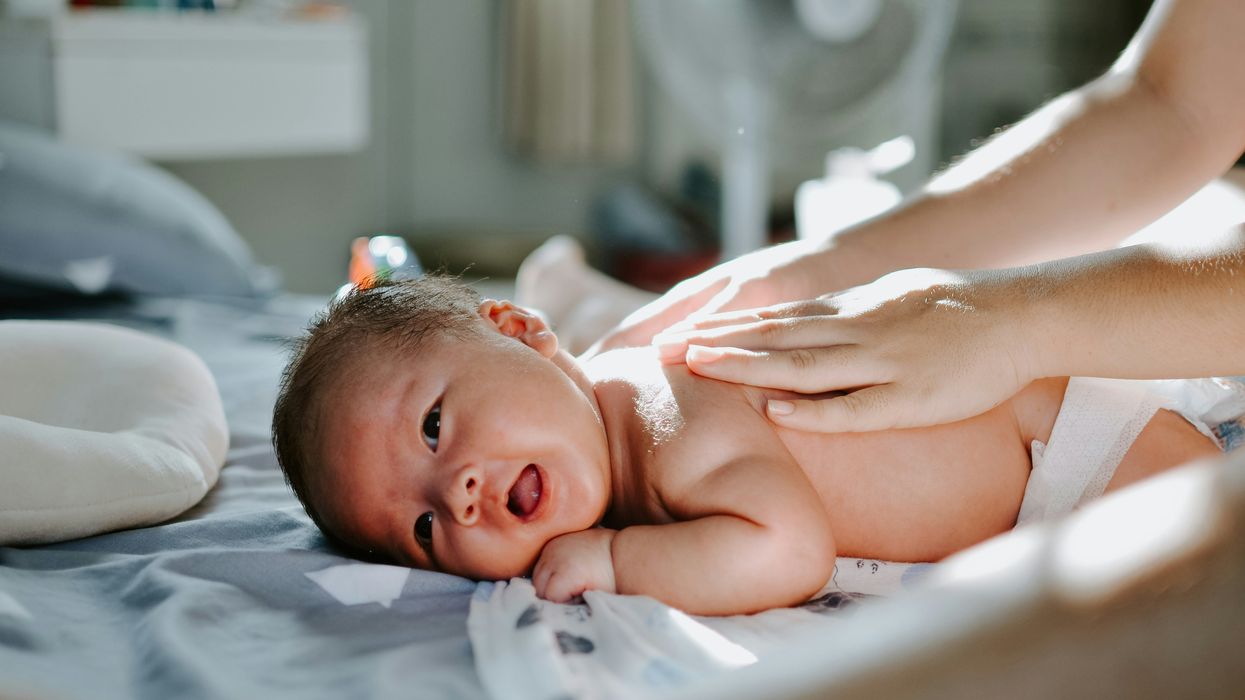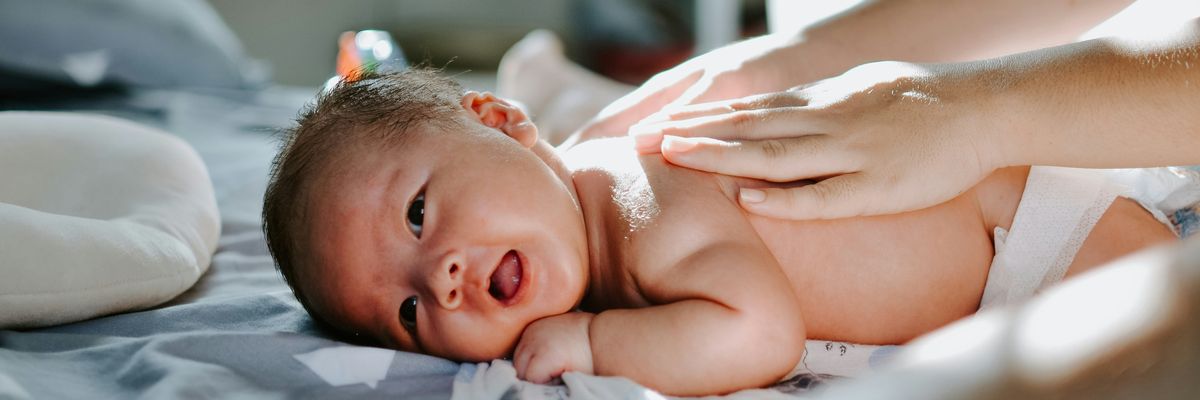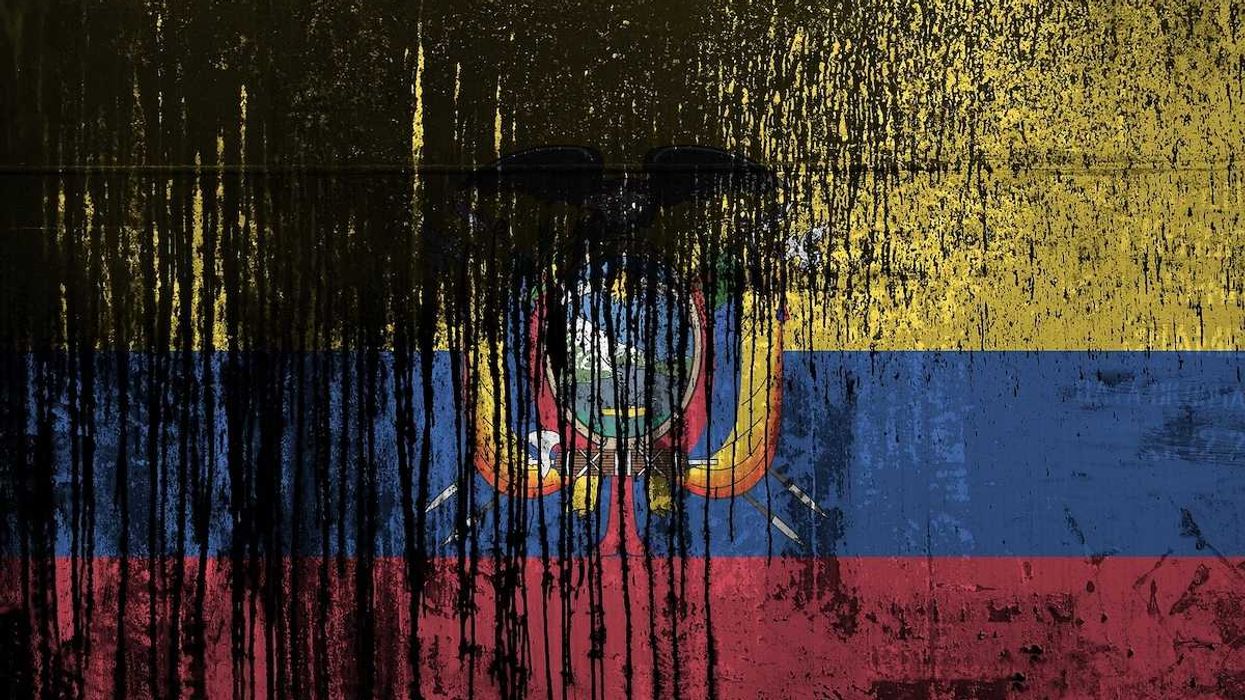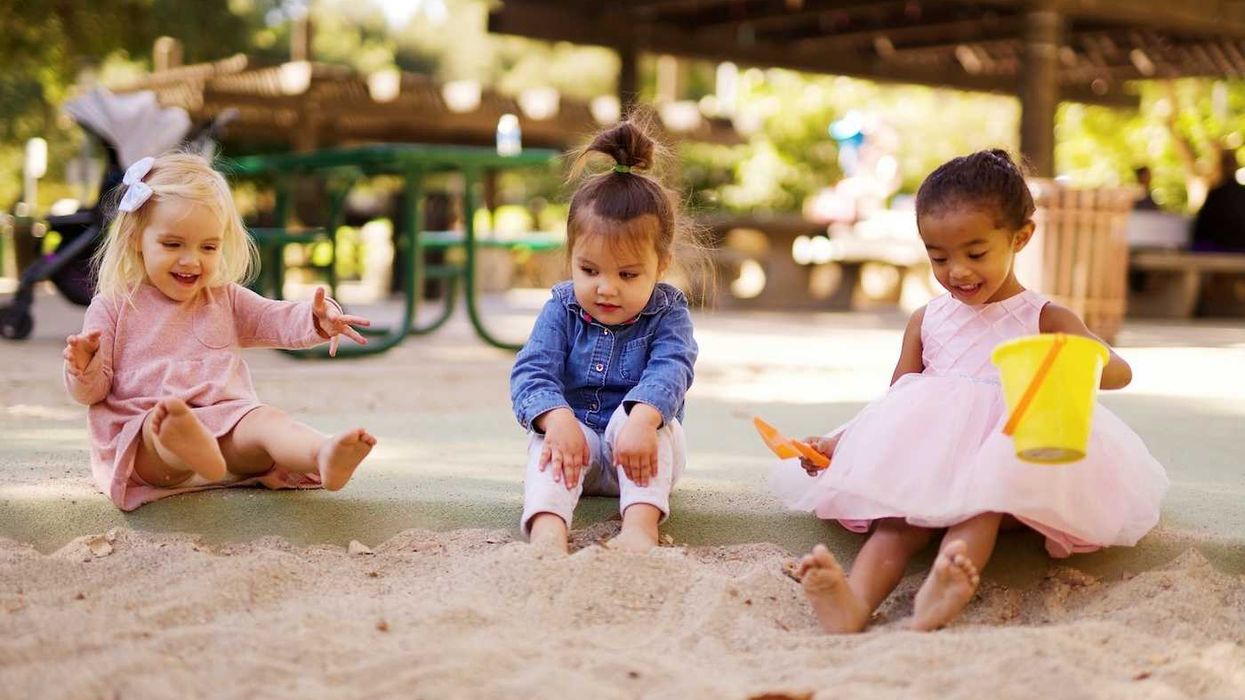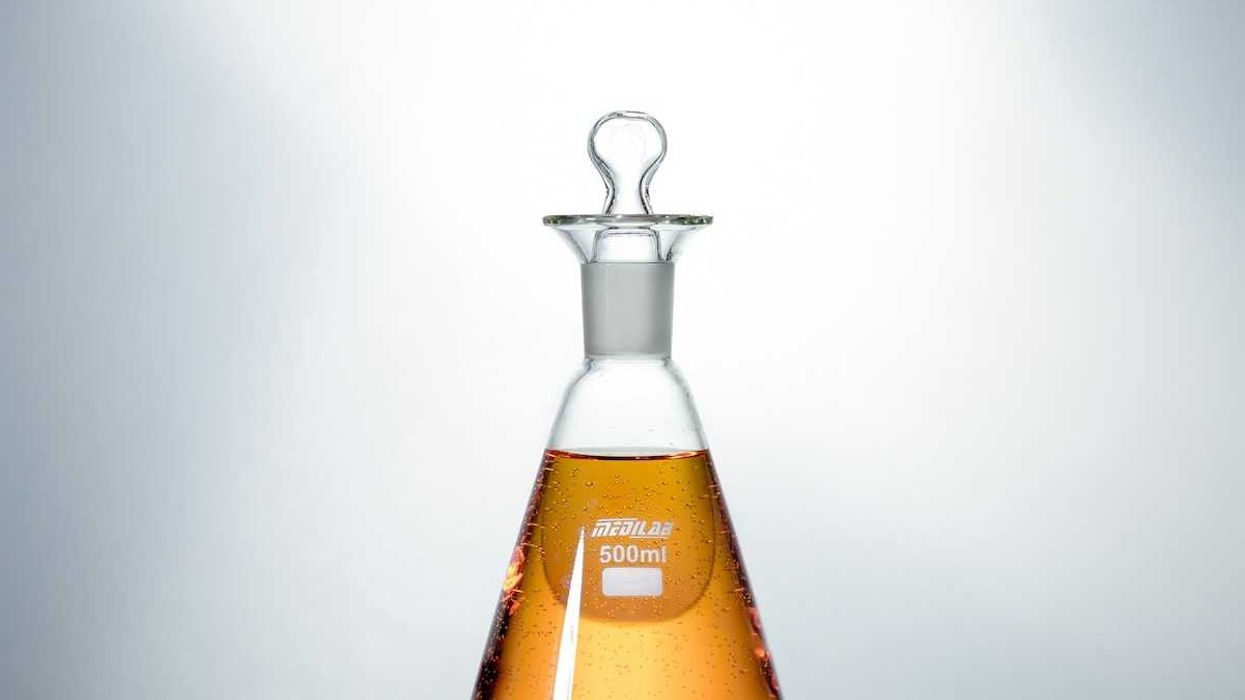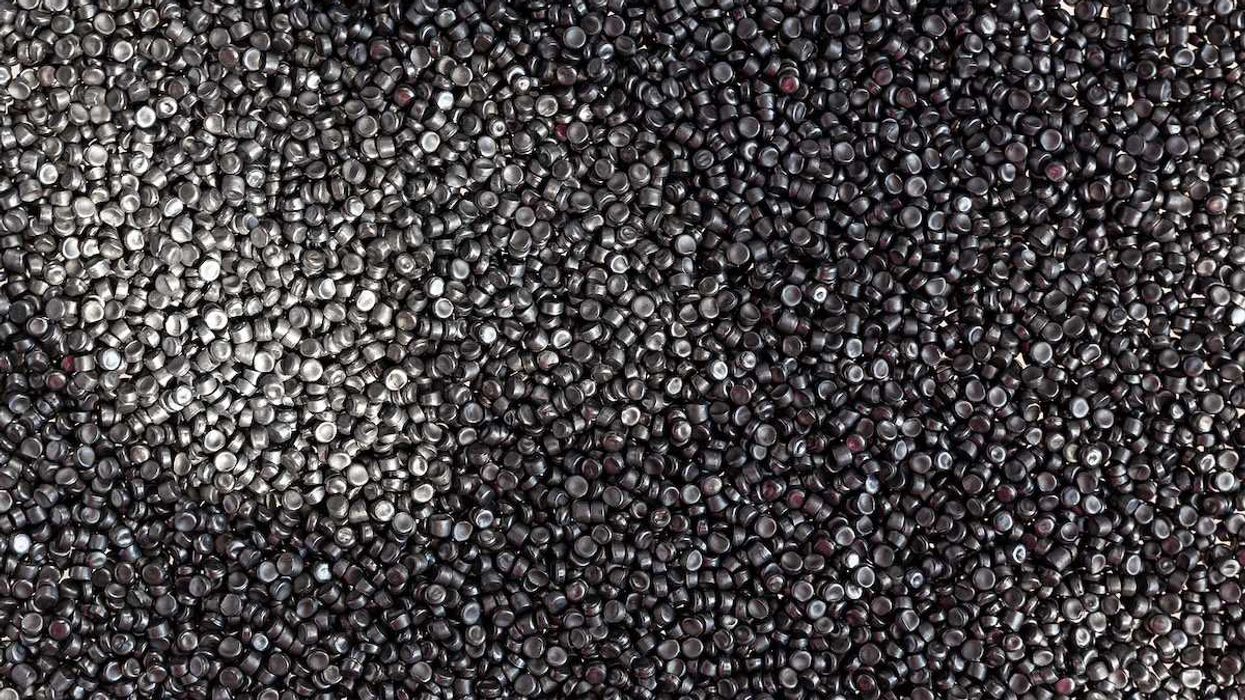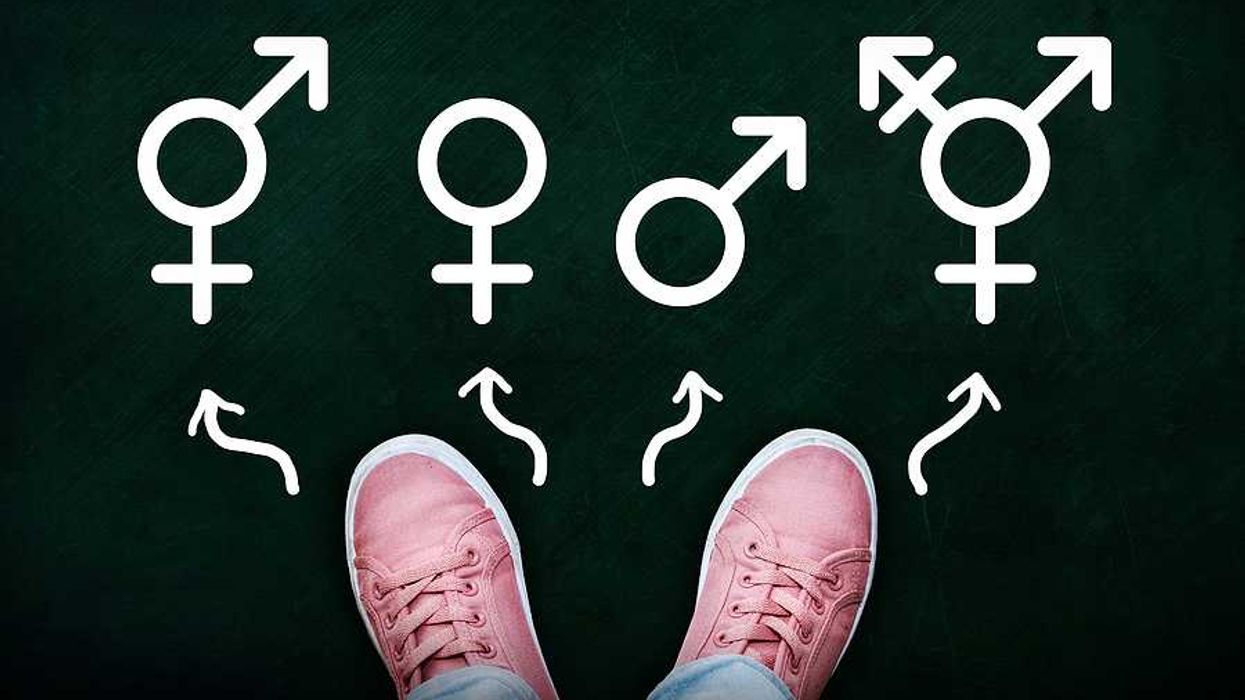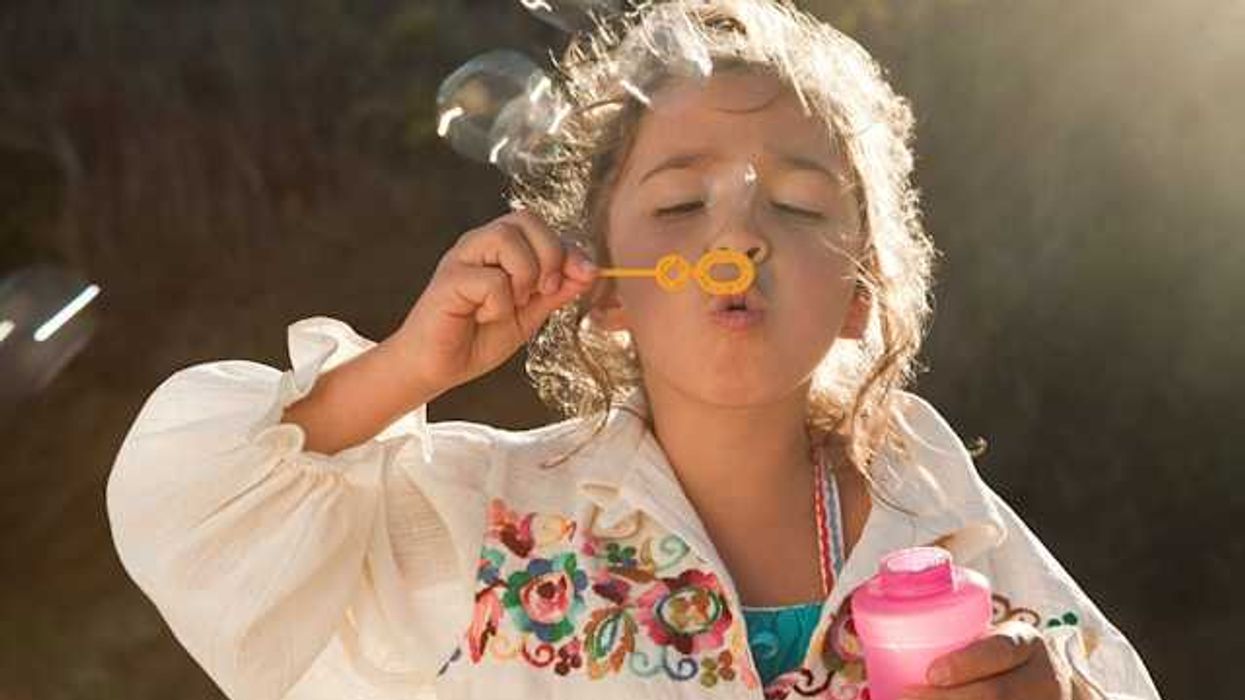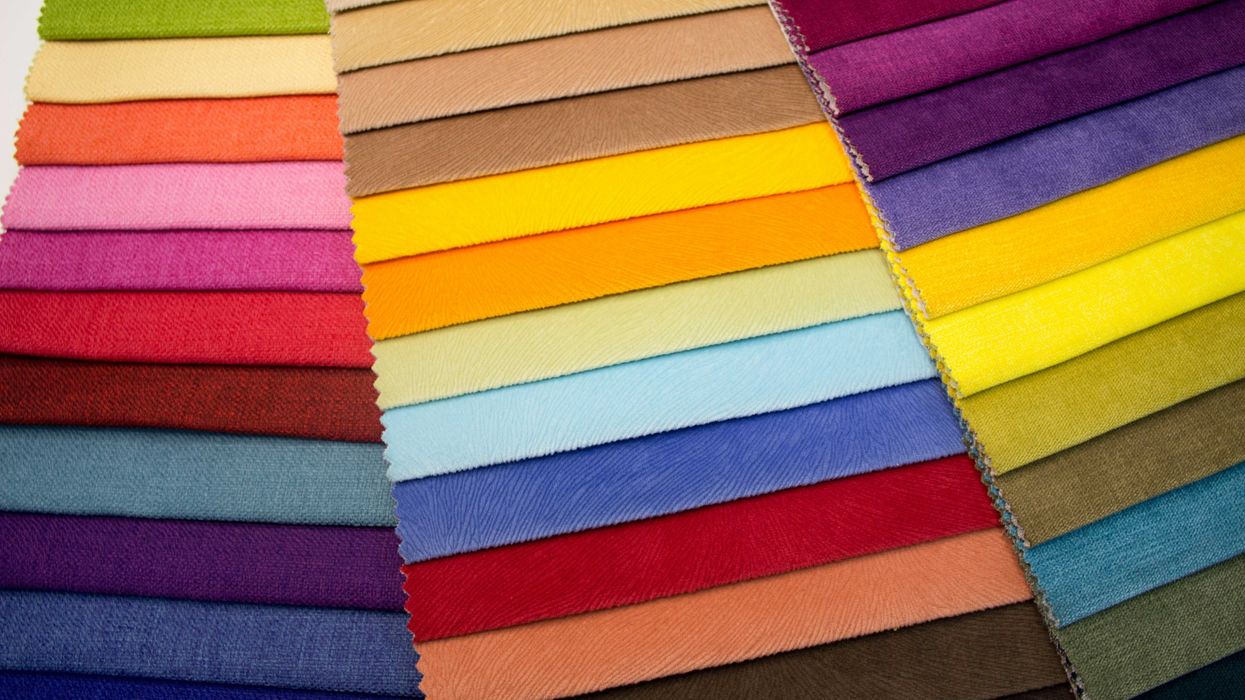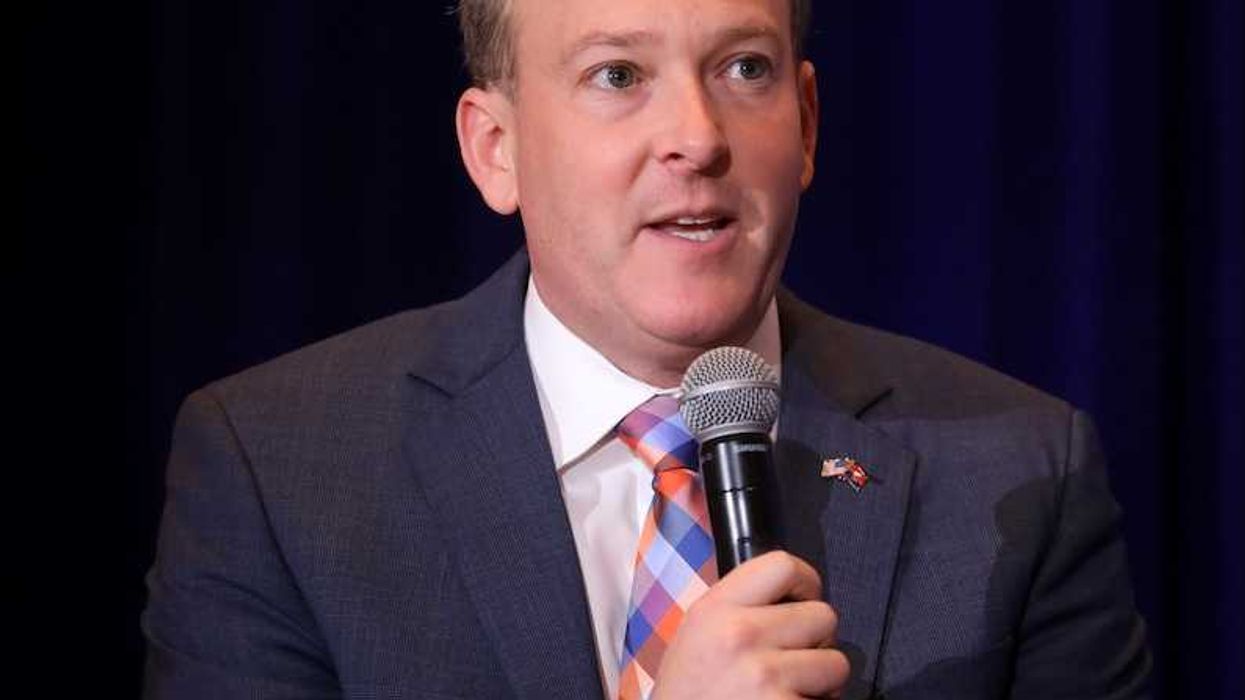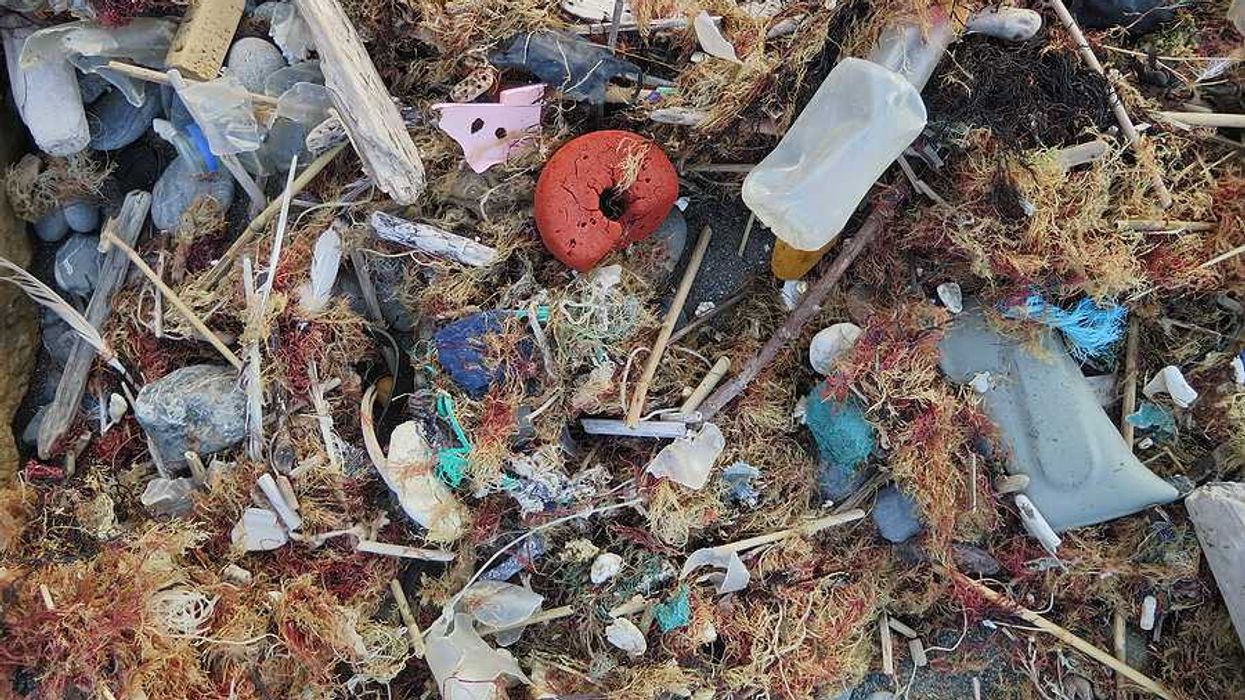Widespread human exposure to synthetic chemicals known as parabens includes infants as young as 1 - 3 months, according to a first-of-its-kind study published in the Journal of Exposure Science & Environmental Epidemiology.
In short:
- Over 70% of the infants tested were exposed to parabens.
- Paraben exposure was most strongly tied to lotions - babies’ paraben levels increased by as much as 355% within 7 days of lotion use.
- Paraben exposure was also higher in non-White infants and infants whose caretakers had lower education levels.
Key quote:
“Evaluating these exposure patterns is critical, as the rapidly growing organ systems of young children are more susceptible to toxic chemicals than adults.”
Why this matters:
Parabens, which have antimicrobial properties, are commonly used in cosmetics, personal care products, food products and pharmaceuticals to extend shelf life. Research suggests that exposure to parabens may be related to a number of negative health impacts, including endocrine disruption, decreased fertility, adverse birth outcomes, and increased cancer risk. It’s known that paraben exposure is essentially universal in adults, but research on infants’ exposure is limited, despite the heightened risk that environmental toxics pose to babies and young children.
Related EHN coverage:
- American Heart Association: Children must be protected from health threats of environmental toxics
- Get phthalates, parabens out of the bathroom drawer to reduce breast cancer risk: Study
More resources:
- Campaign for Safe Cosmetics: Information on parabens
- Environmental Working Group: Skin deep database for safer personal care products
Boxer, Elizabeth et al. for Journal of Exposure Science & Environmental Epidemiology. Feb. 15, 2025

